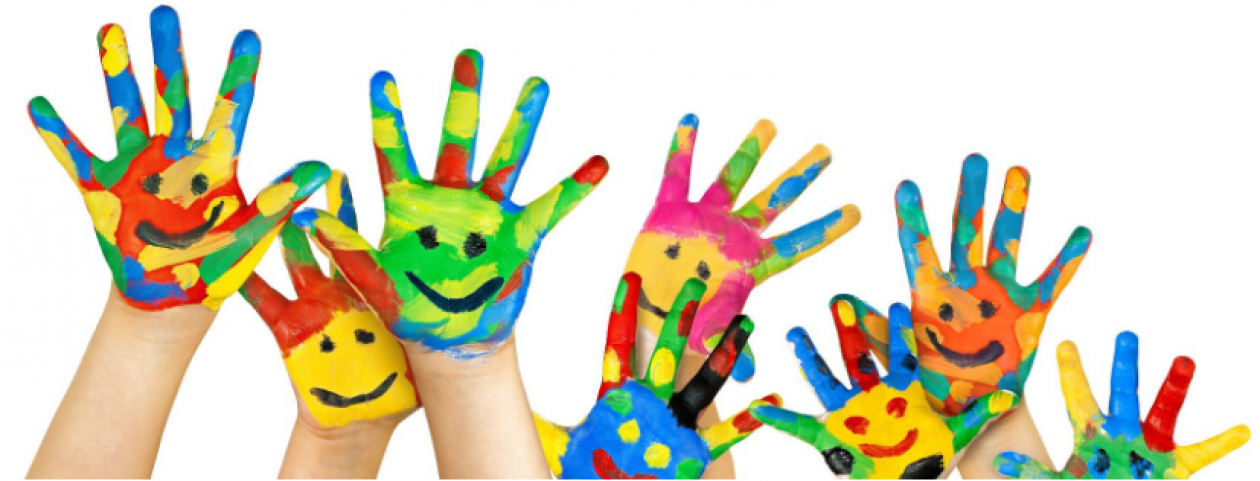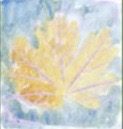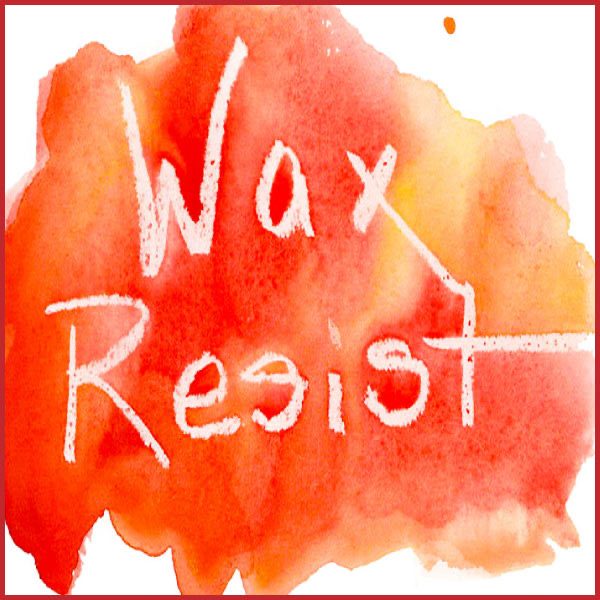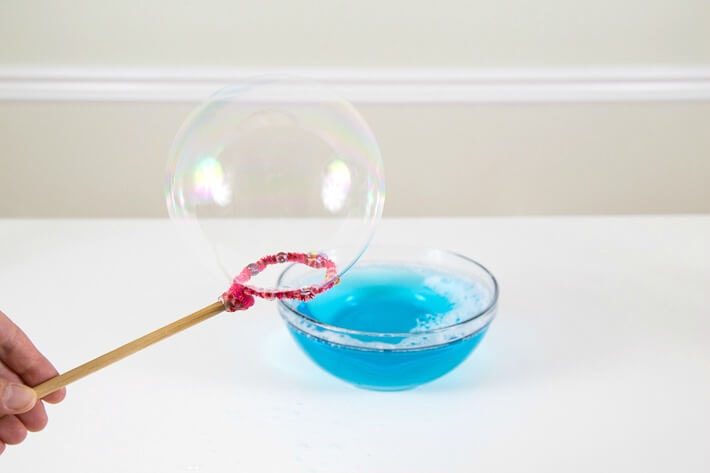Mud is an adaptable and under rated material, it’s cheap and easy to find! It is used for a huge variety of purposes, such as building, beauty and medicinal purposes, making pots and art work.
Mud Sculptures

Create your own sculpture and embellish this with anything that comes to hand such as sticks, stones, bits of broken pottery, snail shells or anything else you might find in your garden or out on a walk.
Building Material

Create your very own building material by mixing grass or straw with mud then build your own structures using sticks and twigs before plastering the mud between your sticks to hold your structure together, a bit like the material you would have found between the timbers of timber framed houses.
Mud Artwork

Using sticks or forks draw some pictures or designs in the mud. Add leaves or petals to add some colour. Or simply paint a picture with the mud using a stick or paintbrush.
Hand prints

Place your wee hand in wet mud. You can place a ring made of paper or place a ring of stones or sticks around your print to allow it to dry.
Rock Art

Smooth a rock or stone with wet/damp mud and watch the cracks appear as it dries out.





















